Luxury travelers can afford to make choices for choice travel, so why not aim for destinations that are sensational and “sustainable,” places that are both good and great? But how can you tell what’s marketing for the green of your pocketbook and what’s for the green planet? Who is ranking and rating? And how and why? In some of my columns this year, we will look at some “Choice Travel.”
We start with six sensational, “sustainable” destinations chosen by The Global Sustainable Tourism Council (GSTC), a group founded by the World Tourism Organization, United Nations Environment Programme, UN Foundation, Rainforest Alliance, Sabre/Travelocity to ” be a global initiative dedicated to promoting sustainable tourism efforts around the world.”
- The Fjords of Norway
- Teton County,Wyoming
- Mt. Huangshan, China
- St. Kitts & Nevis, Carribbean
- Lanzarote, Canary Islands, Spain
- Okavango Delta, Botswana
According to the Global Sustainable Tourism Council’s (GSTC), the destinations above and below meet the new and evolving GSTC Criteria for Destinations that “a destination must reach in order to move toward social, cultural, and environmental sustainability—maintaining the cultural and natural attractions that tourists come to see, while benefiting the local population. This pioneering group of destinations will be the first to test and provide feedback on the Destination Criteria, which complement the GSTC’s existing Criteria for Hotels and Tour Operators.”
If you are interested in traveling to a place not on the list above, Kelly Bricker, Phd, board president of GSTC, recommends that you “Look for third party certifications from recognized bodies when booking an accommodation and/or tour operation.” The GSTC website posts their growing list of approved third party groups that vet with the same standards as GSTC.
As provided by the GSTC. here are the words and images of six places aiming to be memorable for you and future generations:
Where in Wyoming?
GSTC: “Wyoming’s Teton County–takes pride in a long history of sustainability, dating back to the creation of the world’s first national park, Yellowstone, in 1872; forty years later, local outcry at the elk starving near the town of Jackson led to the creation of the National Elk Refuge, and less than 20 years after that, Grand Teton National Park was added to the county’s roster of natural splendors; the Teton and Yellowstone area comprises the largest intact ecosystem in the continental U.S.
Says Jackson Hole Chamber of Commerce Executive Director Tim O’Donoghue, “As stewards of one of the most beautiful places on Earth, our community has made a strong commitment toward sustainability, with significant results. Our participation in the GSTC Early Adopter Program gives us the tools to achieve even more.”
Sustainable in Africa
GSTC: Botswana’s Okavango Delta region is one of Africa’s premier wildlife destinations, famous for the enormous herds of elephants, buffalo and other animals that flock to this oasis within the Kalahari Desert each spring. Despite pressure from mining and farming interests, the area has been developed with a “low volume, high yield” model of ecotourism—fewer visitors, paying higher rates than those in other parts of Africa. This model has since been replicated elsewhere, leading to greater economic benefits with less environmental disturbance.
Spain’s Sustainable Destination
GSTC: Lanzarote is the easternmost of the Canary Islands, just off the African coast but belonging to Spain. Of nearly 500 animal species found only on the Canary Islands, 97 are endemic to just Lanzarote. This great biological wealth, along with year-round sun, quaint fishing villages and lovely beaches, make the island a popular tourist destination. But Lanzarote has been careful about its tourism development. The island has been declared a UNESCO Biosphere Reserve, and more than 40% of its area is protected.
China and GSTC
GSTC: In China, Mt. Huangshan—known for its spindly granite peaks and the painterly pine trees that grow up through their cracks—sees more than 2.5 million visitors every year. The area’s administrators have already made efforts to reduce the impact of these sightseers by promoting alternative footpaths, encouraging winter visits, and closing the most frequented “hot spots” on a rotating basis.
Norway’s Beauty
GSTC: Likewise, Norway’s Fjord region, along the country’s southwest coast, has been attracting travelers since the mid-19th century. In 2006, two of its fjords were named among the world’s best-cared-for UNESCO World Heritage Sites, and the region has published a “white book” to help other destinations develop sustainably. But they’re eager to do even more explains Fjord Norway’s CEO, Kristian B. Jorgensen, “Being part of the GSTC’s Early Adopter program is a very concrete way of helping us find the balance between preserving our spectacular landscape and growing as an attractive, nature-based travel destination.”
Sustainable Carribbean
GSTC: The twin-island nation of St. Kitts & Nevis is relatively new to tourism, certainly when compared to some of its Caribbean neighbors. However, the destination has seen exponential growth in cruise visitors over the last few years and the government is eager to make sure that this development happens sustainably and with the preservation of the local culture and environment in mind.
In the coming months, a sustainable tourism consultant will visit each of these early-adopter destinations to see the criteria implemented, and to provide valuable feedback as the GSTC finalizes the Destination criteria. Once the GSTC publishes its revised criteria, these early-adopter destinations will have the opportunity to apply for formal recognition that they operate in accordance with these universal principles of sustainable tourism
The GSTC is collecting comments from the public on the criteria; input and suggestions can be made online.
GSTC is also currently conducting a second review phase for additional destinations.Destinations interested in becoming an early adopter of new Criteria for Destinations are encouraged to contact the GSTC as soon as possible.
The GSTC works to expand understanding of and access to sustainable tourism practices; helps identify and generate markets for sustainable tourism; and educates about and advocates for a set of universal principles, as defined by the Global Sustainable Tourism Criteria. The Criteria is a set of voluntary principles that provide a framework for the sustainability of tourism businesses across the globe, and is the cornerstone of our initiative.”
All the images in this piece and the words above about the destinations are the point of view and information of the GSTC as part of a new series to look at how travel can best enrich the traveler and the destination. As tourism grows as an important part of nations’ economies, and people’s lifestyles, the impact on cultures and ecosystems is even more critical. And the luxury traveler’s choices increase.
Please let me know if you have suggestions for my upcoming pieces on “Choice Travel” –people or groups like Irene Lane at Greenloons which offers “green” trips and lists goals for ecotourism. Please share your own experiences and join the dialogue about how “luxury” and “sustainable” can be in the same sentence.
-GSTC materials included in this week’s column by Lisa TE Sonne for Luxury Travel Mavens



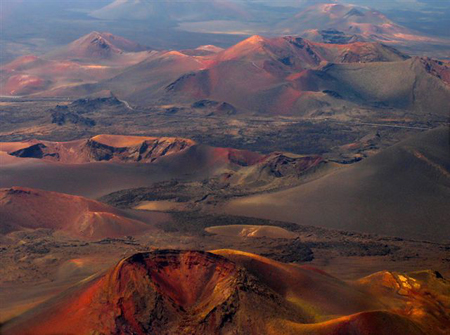
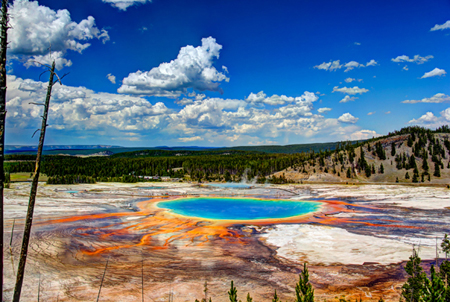
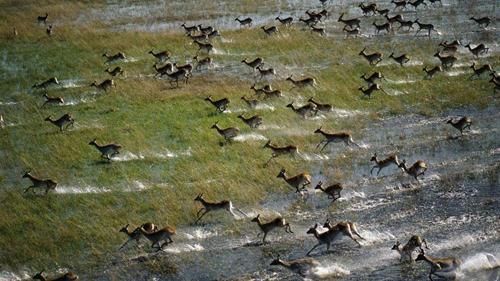
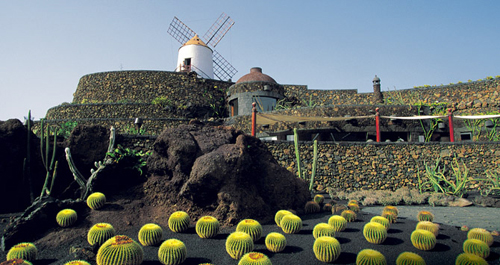
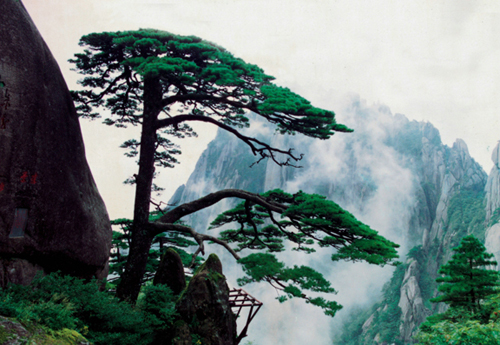

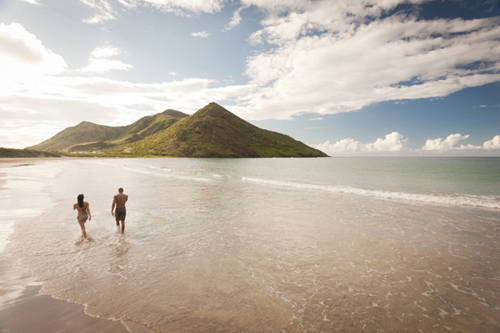

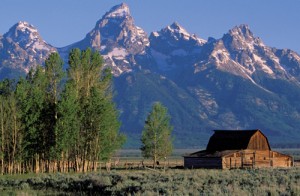
Recent Comments